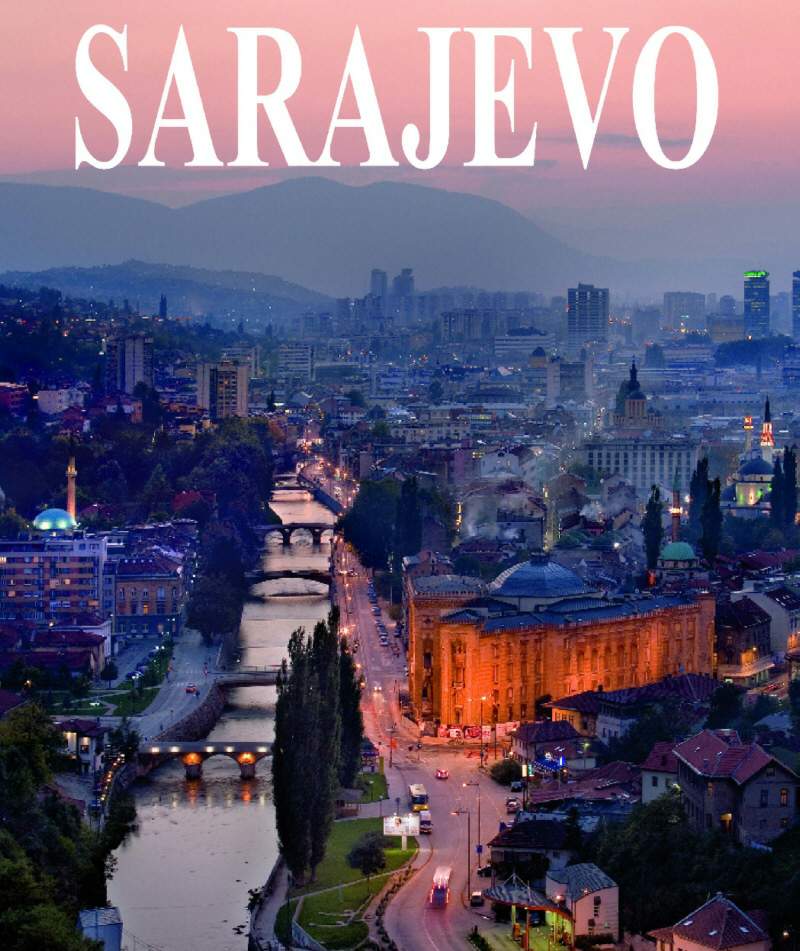Investment Opportunities
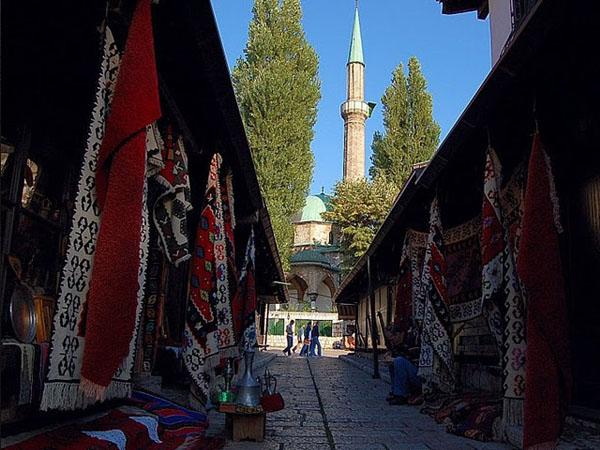
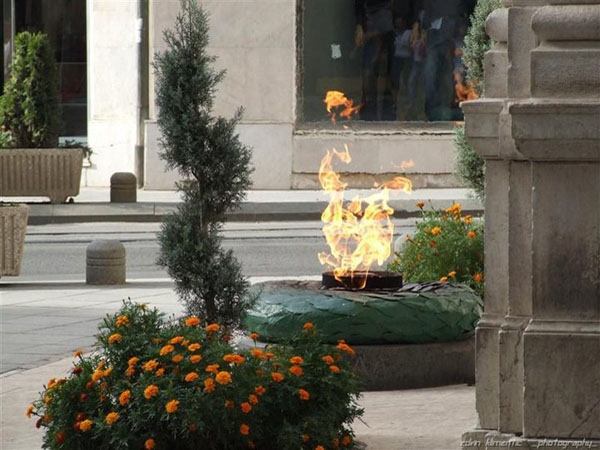
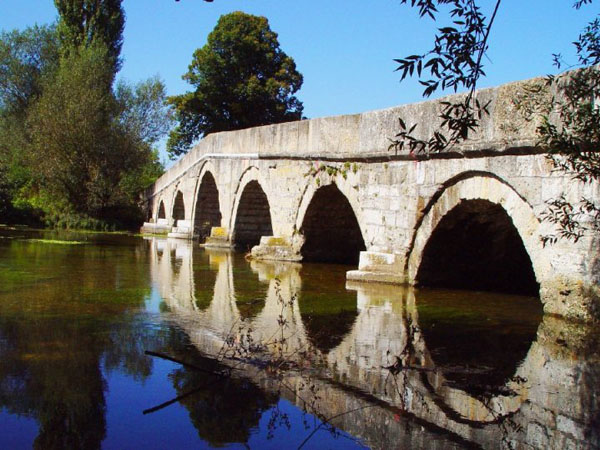
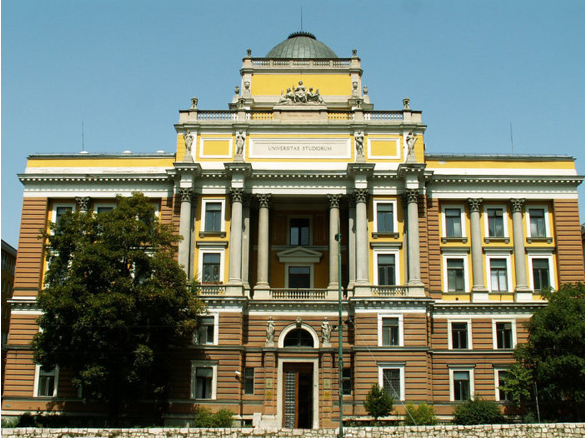
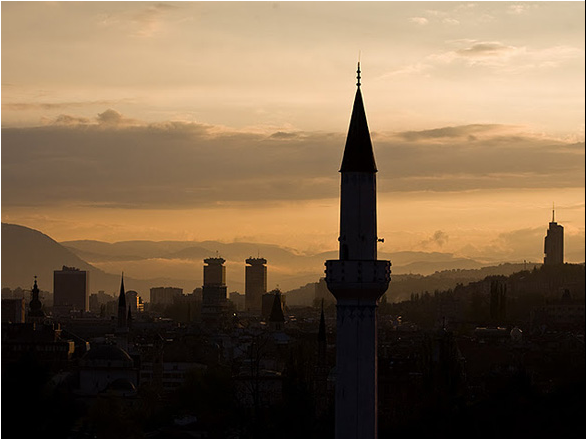
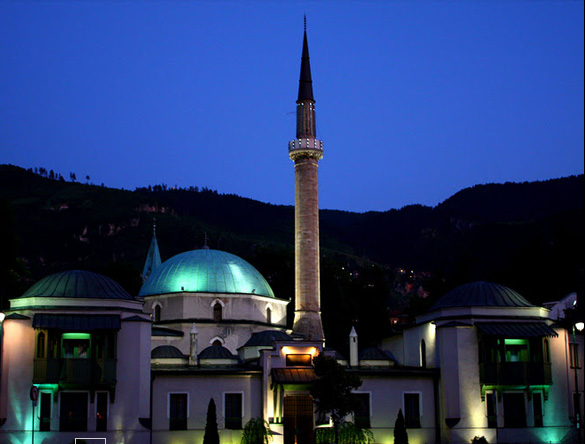
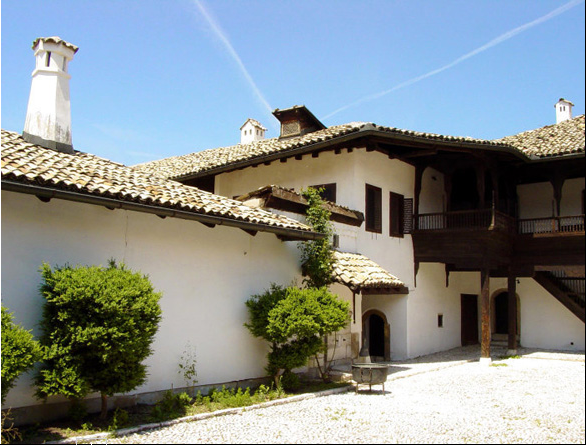
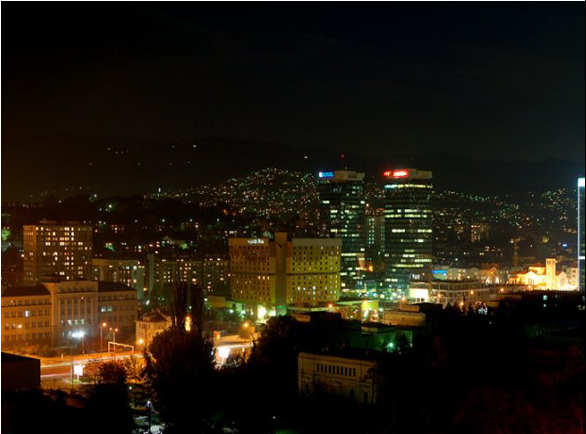
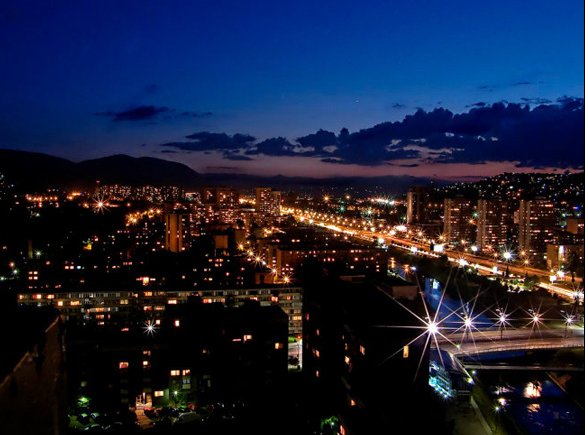
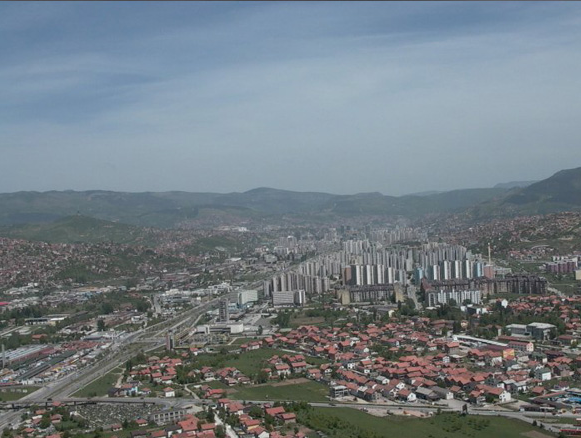


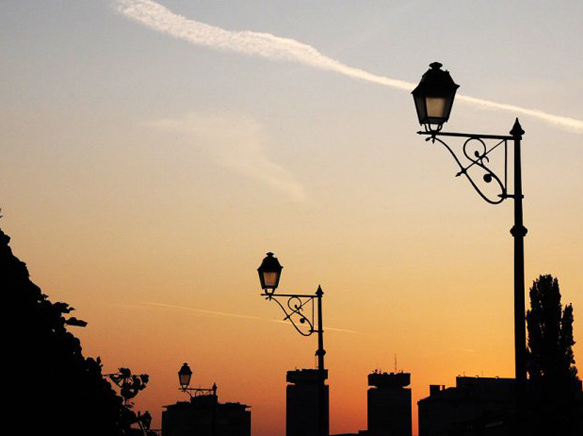

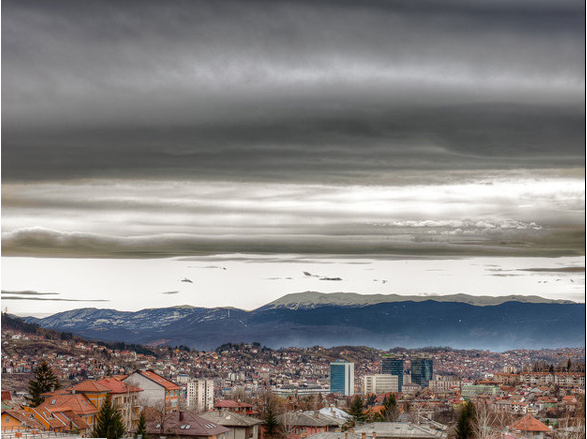
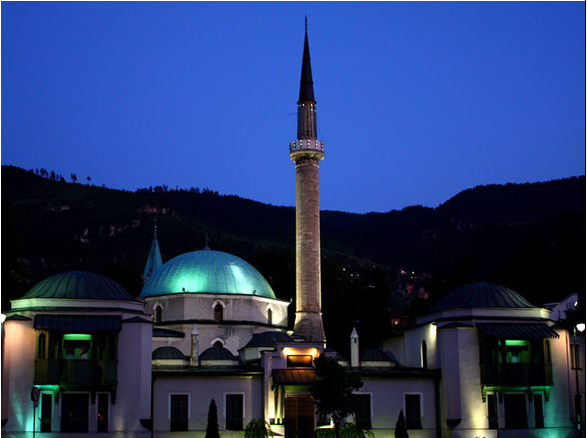
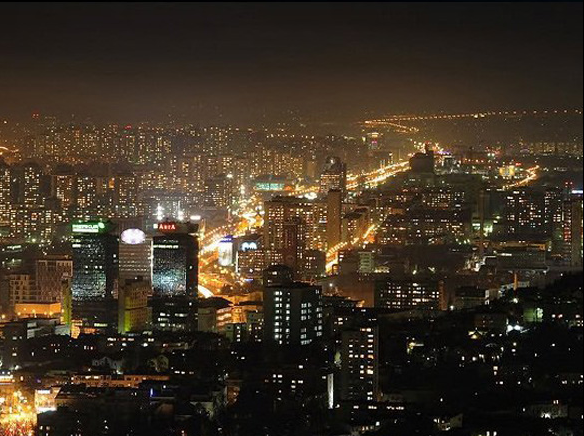
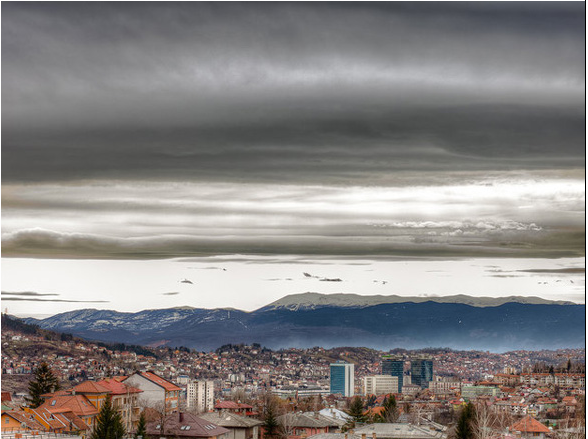
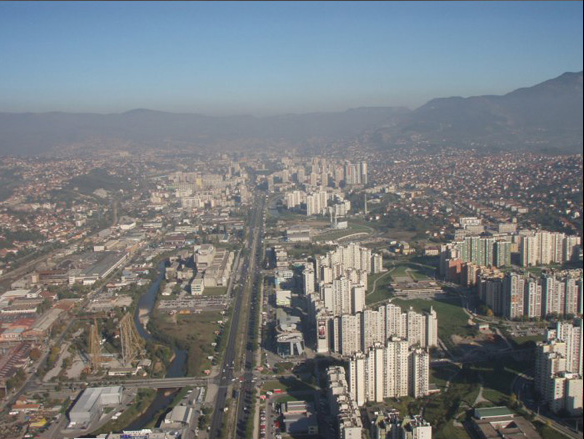

Projects in Energy Sector
Bosnia and Herzegovina’s primary resources are coal and hydropower as renewable resources which the country has rich reserves. The energy produced from hydro resource’s share is over the world average through the country. The electricity energy installed power capacity of Bosnia and Herzegovina is 3659 MW, 57% of the total installed power capacity is from hydropower, while 43% power produced comes from thermal plants. Bosnia and Herzegovina uses 35% of its hydro resources and generates 35% of the total electricity production. The potentials of thermal and hydro are very high: It is estimated that the coal reserves are over 10 billion tons, but only few of them are being used (about 8 million tons annually). The hydro potential is 6,126 MWH and it is appropriate to increase threefold of the existing hydropower plants’ capacity. Energy sector is one of the rare sectors in Bosnia and Herzegovina economy that is highly competitive in foreign trade. There is an increasing trend in the energy demand of Bosnia and Herzegovina, South Eastern Europe, and EU is expected to increase more as well. The reform process of this sector was initiated and should be comply with perfect competition and free enterprise criteria.
Due to the war during 1990s, there are no new significant power producing capacities developed since mid-1980s in Bosnia and Herzegovina. Even though, Bosnia and Herzegovina is still a net exporter of electricity to European market. However, life time of existing power producing capacities is about to end soon and governmental authorities at various levels in Bosnia and Herzegovina have ambitious plans to build new and renew the existing power producing capacities. Below is the list of the projects planned to be developed in next 10 years with estimated total investment equivalent to EUR 9, 7 billion.
For detailed information on relevant projects, Please contact the Embassy of Bosnia and Herzegovina in Beijing and relevant ministries and public corporations in Bosnia and Herzegovina.
Projects in Road Infrastructure
1.Corridor Vc
Development of traffic infrastructure is a capital precondition for faster overall development of Bosnia and Herzegovina. Construction of highway should be the developmental and commercial basis which would enable better balanced economic, social and demographic development of the country. In this way, the most-substantial value of Bosnia and Herzegovina, deriving from its role of being the intersection of historic and modern routes from the East to the West and from the North to the South for many centuries shall be maintained. Construction of highway on the Corridor Vc is the largest development project in Bosnia and Herzegovina. Therefore, investing in the construction of highway on the Corridor Vc is imposed as a logical, strategic and necessary priority in the investments of the Bosnia and Herzegovina.The Corridor Vc is European transport corridor defined by the Trans-European network (TEN) which is established on the Third Pan-European transport conference held in June 1997 in Helsinki. The Corridor Vc represents high-quality connection between ports on Baltic and Adriatic seas. It will pass through the central part of Bosnia and Herzegovina, on the north-south route, along the rivers Bosna and Neretva. It is planned to pass through major economic, cultural and industrial centers with significant part of population relying on its development.
The highway, whose total length is 340 km, will provide: rational connecting to neighboring countries and regions; stabilizing and developing effects; improvement of transport conditions and quality of life; enhancement of economic competitiveness; new projects and enhancement of national and international private investments .
The transport Corridor Vc through Bosnia and Herzegovina includes:
- E-road E 73 Šamac-Doboj-Sarajevo-Mostar-Čapljina-Doljani, with exit to the Adriatic Sea in the Port of Ploče.
- The railway Šamac-Doboj-Sarajevo-Mostar-Čapljina-Metković.
- Sarajevo and Mostar Airports.
- Waterways and quays on the Sava, Bosna and Neretva Rivers.
Up to now only 37 km of the highway has been built between Zenica and Sarajevo. The slow progress has been made due to the preparation of relevant prerequisite documentation, studies, and expropriation of the land. So far funds used for these activities were sourced from budgets and soft loans offered by European Bank for Reconstruction and Development, European Investment Bank and other international financial institutions.
Authorities of Bosnia and Herzegovina are ready to offer possibility for interested parties to consider Public Private Partnership and other alternatives offered in order to expedite process of construction of this significant corridor.
2.Other Motorways
Apart of Corridor Vc, in Bosnia and Herzegovina there are plans to build additional highway strings to connect cities in Bosnia and Herzegovina and to web them to regional corridors. Main projects identified by road development program are:
- Motorway Gradiška - Banjaluka - Mrkonjić Grad - Šipovo–Kupres
- Motorway Prijedor - Banja Luka - Doboj - Šamac - Bijeljina (border with Republic Serbia)
- Motorway Tuzla - Orašje (border with Republic Croatia)
- Motorway D. Vakuf–Lašva
- Motorway Bihać - Izačić (border with Republic Croatia)
- Motorway modernization / reconstruction Sarajevo - Tuzla
For detailed information on relevant projects, Please contact the Embassy of Bosnia and Herzegovina in Beijing and relevant ministries and public corporations in Bosnia and Herzegovina.
Projects in Railway Infrastructure
The first railway in Bosnia and Herzegovina was built in 1872 by Ottoman Empire from Banja Luka to border with Austro-Hungarian Empire (today Croatian border). During Austro-Hungarian rule, a dispersed network of narrow gauge railway connected Bosnia and Herzegovina rich in resources with Vienna and Budapest. After WWII standard gauge railway network was built and since 1969 electrification and modernization took place. This period was characterized by improvement in speed, security, telecommunication, and signalization as well as by procurement of modern freight wagons, passenger coaches and locomotives. In year 1990, Bosnia and Herzegovina Railways recorded 13 million passengers and 25 million tons of freight. In period between 1992 and 1995, Bosnia and Herzegovina experienced brutal destruction of human, infrastructural and industrial resources which are estimated to US$80 billion.Bosnia and Herzegovina railway system suffered huge damage estimated to more than US$1 billion. Transport of passengers as well as freight transport has drastically plunged to symbolic values in war and immediate post-war period.
The railway network in Bosnia and Herzegovina has technical characteristics as follows:
- Network long 1031km with two main corridors;
- Maximum speed up to 100 km/h;
- Standard gauge (1435 mm);
- 85% of the network classified as D4 (maximum loads 22.5 tons per axle);
- 75% of the network electrified with mono-phase(25kW,50Hz) AC system.
Years of irregular railway infrastructure maintenance during the wartime causes poor performance on the most of the railway network in the country today (e.g. maximal passenger train speed on the most of the sections is 70 km/h).In postwar period railway freight transport in Bosnia and Herzegovina was slowly but steady recovering. Most of the transport in that period was related to bulk commodities, traditionally transported by railways (e.g. coal, timber, ore, etc.). In the last few years, there was a significant increase of the railway freight transport volume caused by increased transport demand of the biggest users of the railway transport service in the country and by improvement of the railway infrastructure.The Railway Corridor Vc is the shortest and the most efficient connection between Mediterranean ports and Central Europe. Modernization and reconstruction of the existing and construction of totally new corridors of railway network in Bosnia and Herzegovina could be a major job creation source as well as economic growth accelerator. Governmental authorities at various levels in Bosnia and Herzegovina have plans to renew the existing railway infrastructure.
- Bosnia and Herzegovina Railways Overhaul Projects;
- Bosnia and Herzegovina Railways Electrification Projects;
- Modernization Projects of Bosnia and Herzegovina Railways Signalization and Crossings Security Systems;
- Modernization of Telecom Systems, Installing of Portable Fiber-Optic as well as Telecom Nodes;
- Bosnia and Herzegovina Railways Power Supply Infrastructure Reconstruction Projects;
- There are plans to build new railways in Bosnia and Herzegovina on following routes as well;
- Čapljina – border of Bosnia and Herzegovina with Montenegro – with strings to Neum and Dubrovnik;
- Čapljina – border of Bosnia and Herzegovina with Republic Croatia close to Imotski;
- Modriča – Bosanski Brod;
- Bosanski Šamac – Brčko – Bijeljina;
- Banja Luka – Gradiška;
- Vareš–Banovići;
For detailed information on relevant projects, please contact the Embassy of Bosnia and Herzegovina in Beijing and relevant ministries and public corporations in Bosnia and Herzegovina.


















































.png)

.png)
.png)
.jpg)
